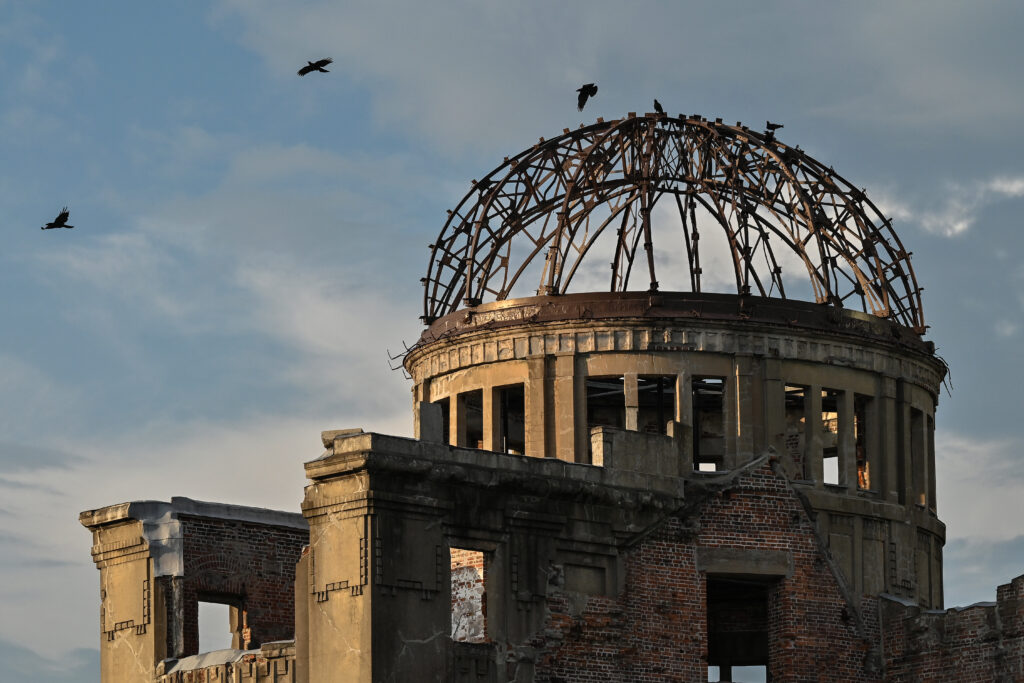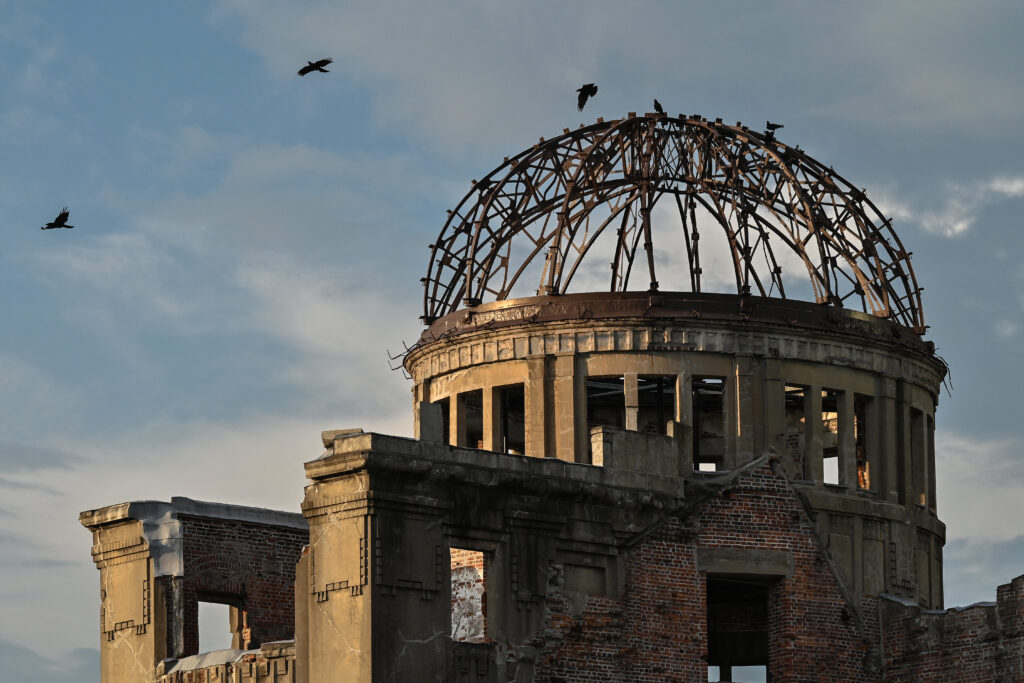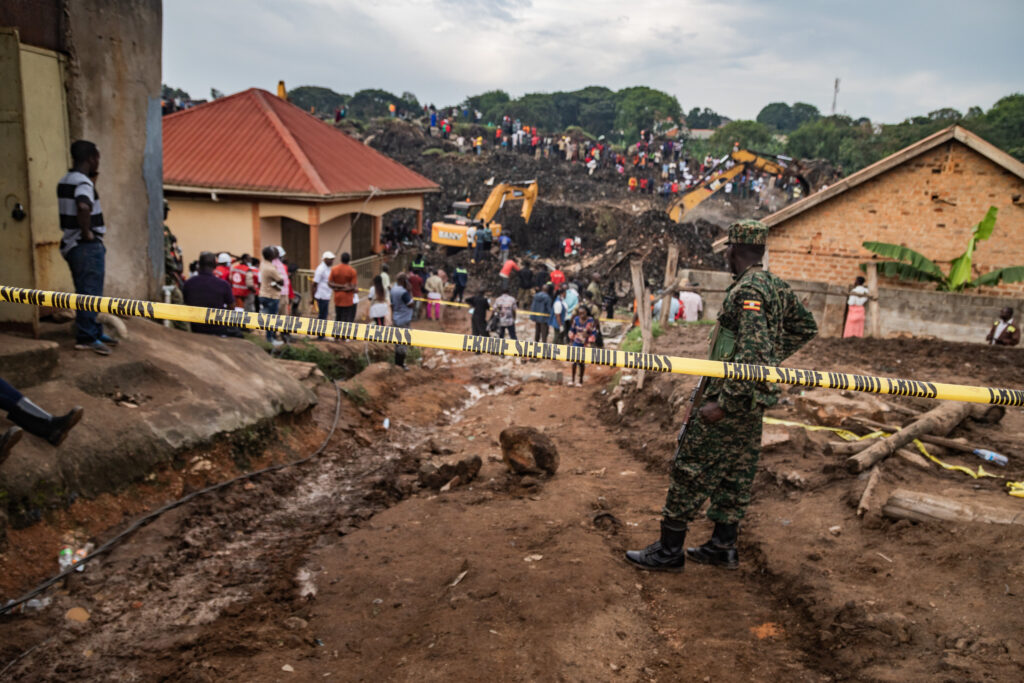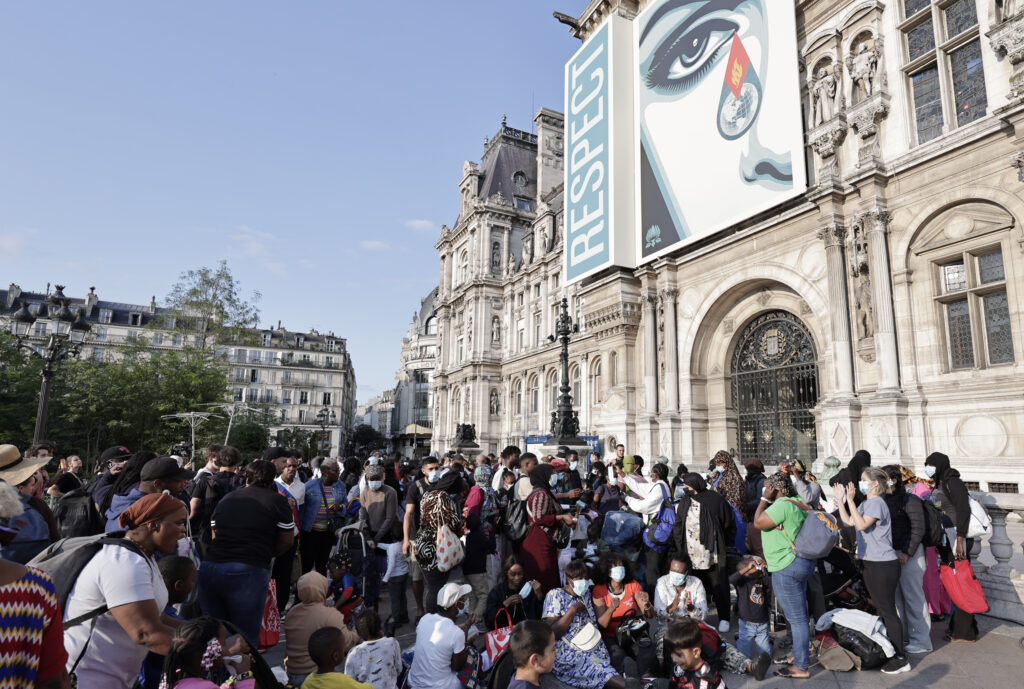Hiroshima, 80 ans après la bombe, appelle le monde à abandonner l’arme nucléaire
Une minute de silence a eu lieu mercredi à Hiroshima à l’heure exacte du largage de la bombe atomique sur la ville nippone il y a 80 ans, lors d’une cérémonie réunissant une centaine de pays, dans un monde marqué par les tensions russo-américaines.Le 6 août 1945 à 08H15, les Etats-Unis larguaient une bombe atomique au-dessus de Hiroshima, tuant environ 140.000 personnes. Trois jours plus tard, une bombe identique frappait Nagasaki, causant la mort d’environ 74.000 autres personnes.Ces frappes, qui ont précipité la fin de la Seconde Guerre mondiale, sont les uniques occurrences où des armes nucléaires ont été utilisées en temps de guerre.Alors que de nombreux participants déposaient des couronnes devant le cénotaphe commémoratif, où une vasque est allumée, Hiroshima a exhorté le monde à renoncer aux armes atomiques.”Les Etats-Unis et la Russie possèdent 90% des ogives nucléaires mondiales et, dans le contexte de l’invasion de l’Ukraine par la Russie et des tensions au Moyen-Orient, on observe une tendance accélérée au renforcement militaire”, a déploré le maire de la ville, Kazumi Matsui.”Certains dirigeants acceptent l’idée que +les armes nucléaires sont essentielles à leur défense nationale+, ignorant de manière flagrante les leçons que la communauté internationale aurait dû tirer des tragédies de l’Histoire. Ils menacent de saper les cadres de consolidation de la paix”, a-t-il ajouté.M. Matsui avait exhorté le mois dernier Donald Trump à se rendre à Hiroshima, alors que le président américain avait comparé les récentes frappes aériennes contre l’Iran aux bombardements atomiques de 1945.”Notre pays, seule nation à avoir subi des bombardements atomiques en temps de guerre, a pour mission de prendre la tête des efforts internationaux pour un monde sans armes nucléaires”, a insisté à Hiroshima le Premier ministre japonais Shigeru Ishiba.- “Témoins vivants” -Des représentants de 120 pays et régions, ainsi que de l’Union européenne, ont assisté à la cérémonie mercredi à Hiroshima, selon des responsables municipaux. La France était représentée par le numéro deux de l’ambassade.Des Etats nucléaires majeurs tels que Russie, Chine et Pakistan sont toutefois absents. L’Iran, accusé de chercher à se doter de la bombe, devait être représenté.Contrairement à son habitude, le Japon a indiqué n’avoir pas “choisi ses invités” pour ces commémorations mais en a “notifié” tous les pays et régions. Ainsi, la Palestine et Taïwan, que Tokyo ne reconnaît pas officiellement, y ont annoncé leur présence pour la première fois.Samedi, Nagasaki s’attend aussi à un nombre record de pays présents à ses propres commémorations, avec notamment la Russie, qui doit y assister pour la première fois depuis son invasion de l’Ukraine en 2022.”En cette période de tensions et conflits croissants”, Hiroshima et Nagasaki restent des “témoins vivants des profondes horreurs causées par les armes nucléaires”, a rappelé mercredi le pape Léon XIV dans un communiqué.Aujourd’hui, Hiroshima est une métropole prospère de 1,2 million d’habitants, mais les ruines d’un bâtiment surmonté du squelette métallique d’un dôme en centre-ville rappellent l’horreur de l’attaque.Aux aurores mercredi, des personnes ont visité le cénotaphe pour prier.Parmi elles, Takako Hirano, 69 ans, qui a perdu ses parents des suites de la frappe nucléaire: “Les bombardements atomiques ne doivent jamais se reproduire (…) Les habitants d’Hiroshima font de leur mieux pour transmettre leurs messages (de paix) et témoigner de la souffrance endurée”, souligne-t-elle.- “Les gens souffrent encore” -“Mes parents et grands-parents ont été victimes de la bombe. Mon grand-père est mort peu après, tandis que mon père et ma mère sont morts après avoir développé un cancer” et 80 ans après, “les gens souffrent encore”, a déclaré Yoshie Yokoyama, 96 ans, venue en fauteuil roulant avec son petit-fils Hiroki Yokoyama.Ce dernier commente: “je ressens le besoin d’écouter davantage, de transmettre son histoire à nos enfants”.Nihon Hidankyo, groupe de survivants de la bombe qui a reçu le prix Nobel de la paix 2024, exhorte les Etats à éliminer les armes nucléaires en s’appuyant sur les témoignages des survivants d’Hiroshima et de Nagasaki, appelés “hibakusha”.En mars, selon le ministère japonais de la Santé, on comptait 99.130 hibakusha, dont l’âge moyen était de 86 ans.”Si leur nombre diminue chaque année, leur message éternel de paix ne nous quittera jamais (…) Habitants d’Hiroshima, vous n’avez pas seulement reconstruit une ville: vous avez redonné espoir et nourri la vision d’un monde sans armes nucléaires”, salue dans un communiqué le secrétaire général de l’ONU, Antonio Guterres.Yukiyo Kokufu, 75 ans, confie que sa mère a subi de terribles brûlures, tandis que son frère aîné, un bébé de 18 mois, a été tué immédiatement.”J’espère vraiment qu’il n’y aura jamais aucun nouvel hibakusha (…) Les gens parlent de dissuasion nucléaire, j’espère que tout le monde y réfléchira davantage pour réaliser la paix”, a-t-il expliqué.






